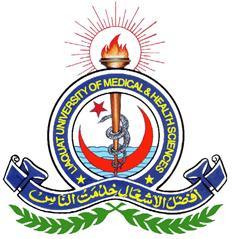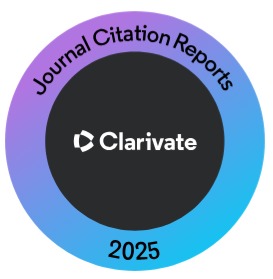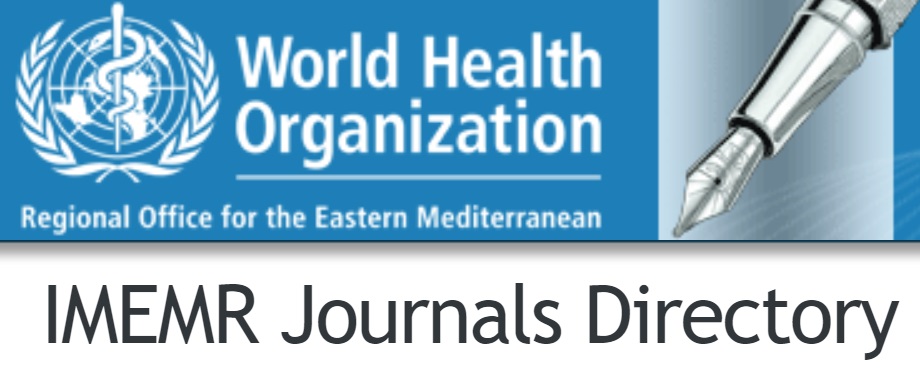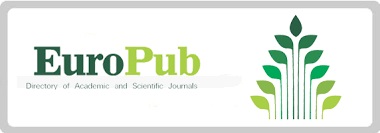Evaluation of Knowledge and Attitude of Women Towards Abnormal Uterine Bleeding
Keywords:
Abdominal pain, abnormal uterine bleeding, attitude , irritability, khowledgeAbstract
Objective: To evaluate the knowledge and Attitude of women towards abnormal uterine bleeding (AUB).
Methodology: This descriptive cross-sectional was conducted at the Department of Obstetrics and Gynecology, The Combined Military Hospital (CMH), Rawalpindi, Pakistan, from January to December 2022. The inclusion criteria were women aged 18 to 45 who attended the outpatient obstetrics and gynaecology department. All pregnant females, those who had a history of hysterectomy, were excluded from the study. Females unwilling to be part of this study were also not involved. The participants were given pre-designed questionnaires with 30 items of knowledge and 10 items on attitude domains of AUB. A dichotomous scale (yes/no) was used for the knowledge domain. The expertise and Attitude were labeled good if females answered more than 60% of questions correctly. Statistical Package for Social Sciences version 26.0 was used for data analysis.
Results: In 151 women, the mean age and body mass index (BMI) were 27.4±6.2 years and 24.1±1.2 kg/m2. Lower abdominal pain was described to be the most common presenting complaint by 98 (64.9%) females, while mood swings, weakness and irritability were the other most frequently reported presenting complaints reported by 69 (45.7%), 66 (43.7%) and 61 (40.4%) females respectively. Overall, AUB knowledge was considered good in 24.3% of females. Attitude towards AUB was good in 74 (49.0%) females.
Conclusion: Good knowledge of AUB was noted in 24.3% of females, while 49.0% reported good Attitudes towards AUB.
References
Chodankar RR, Munro MG, Critchley HOD. Historical perspectives and evolution of menstrual terminology. Front Reprod Health. 2022; 4: 820029. doi: 10.3389/frph.2022.820029.
Achanna KS, Nanda J. Evaluation and management of abnormal uterine bleeding. Med J Malaysia. 2022; 77(3): 374-383.
Sriprasert I, Pakrashi T, Kimble T, Archer DF. Heavy menstrual bleeding diagnosis and medical management. Contracept Reprod Med. 2017; 2: 20. doi: 10.1186/s40834-017-0047-4.
NICE. Heavy menstrual bleeding: Assessment and Management: Guidance [Internet]. NICE. Available from: https://www.nice.org.uk/guidance/ng88.
Dutta DC, Konar H. DC Dutta's Textbook of Obstetrics. Delhi: Jaypee Brothers Medical Publishers; 2015.
Kwak Y, Kim Y, Baek KA. Prevalence of irregular menstruation according to socioeconomic status: A population-based nationwide cross-sectional study. PLoS One. 2019; 14(3): e0214071. doi: 10.1371/journal.pone.0214071
Ding C, Wang J, Cao Y, Pan Y, Lu X, Wang W et al. Heavy menstrual bleeding among women aged 18-50 years living in Beijing, China: prevalence, risk factors, and impact on daily life. BMC Womens Health. 2019; 19(1): 27. doi: 10.1186/s12905-019-0726-1
Henry C, Ekeroma A, Filoche S. Barriers to seeking consultation for abnormal uterine bleeding: systematic review of qualitative research. BMC Womens Health. 2020; 20(1): 123. doi: 10.1186/s12905-020-00986-8.
Haththotuwa R, Goonewardene M, Desai S, Senanayake L, Tank J, Fraser IS. Management of abnormal uterine bleeding in low-and high-resource settings: consideration of cultural issues. Semin Reprod Med. 2011; 29(5): 446-458. doi: 10.1055/s-0031-1287668.
Mohamed NA, Abdel-Aziz HR, Elsehrawy MG. Nursing Students' Knowledge, Attitude, and Practice Regarding Disaster Preparedness: A Cross-Sectional Study. Risk Manag Healthc Policy. 2023; 16: 2427-2437. doi: 10.2147/RMHP.S435131.
Nor Asyikin Y, Nani D, Nor Azwany Y, Kamal AS, Imran A, Bahari S et al. Knowledge of and attitudes towards of menstrual disorders adults in north-eastern state of Peninsular Malaysia. Malays Fam Physician. 2015; 10(3): 2-10.
Cakir M, Mungan I, Karakas T, Girisken I, Okten A. Menstrual pattern and common menstrual disorders among university students in Turkey. Pediatr Int. 2007; 49(6): 938-942. doi: 10.1111/j.1442-200X.2007.02489.x.
Kaur H, Sharma S, Goraya S. Knowledge, Attitude and behavior of women toward abnormal menstrual bleeding and its impact on quality of life. J South Asian Fed Obstet Gynaecol. 2015; 7(1): 5-9.
Joshi V, Bagga GA, Ragubathy K. Evaluation of knowledge, Attitude, and behaviour of women towards abnormal menstrual bleeding and its impact on quality of life of women in tribal region of central India. Indian J Obstet Gynecol Res. 2022; 9(2): 244-248.
Harlow SD, Campbell B. Ethnic differences in the duration and amount of menstrual bleeding during the postmenarcheal period. Am J Epidemiol. 1996; 144(10): 980-988. doi: 10.1093/oxfordjournals.aje.a008868.
Darin-Mattsson A, Fors S, Kåreholt I. Different indicators of socioeconomic status and their relative importance as determinants of health in old age. Int J Equity Health. 2017; 16(1): 173. doi: 10.1186/s12939-017-0670-3.
Santos IS, Minten GC, Valle NC, et al. Menstrual bleeding patterns: A community-based cross-sectional study among women aged 18-45 years in Southern Brazil. BMC Womens Health. 2011; 11(1): 26. doi: 10.1186/1472-6874-11-26.
El-Gilany AH, Badawi K, El-Fedawy S. Epidemiology of dysmenorrhoea among adolescent students in Mansoura, Egypt. East Mediterr Health J. 2005; 11(1-2): 155-163.
Downloads
Published
How to Cite
Issue
Section
License
Copyright (c) 2024 Journal of Liaquat University of Medical & Health Sciences

This work is licensed under a Creative Commons Attribution-NonCommercial-ShareAlike 4.0 International License.
Submission of a manuscript to the journal implies that all authors have read and agreed to the content of the undertaking form or the Terms and Conditions.
When an article is accepted for publication, the author(s) retain the copyright and are required to grant the publisher the right of first publication and other non-exclusive publishing rights to JLUMHS.
Articles published in the Journal of Liaquat University of Medical & health sciences are open access articles under a Creative Commons Attribution-Noncommercial - Share Alike 4.0 License. This license permits use, distribution and reproduction in any medium; provided the original work is properly cited and initial publication in this journal. This is in accordance with the BOAI definition of open access. In addition to that users are allowed to remix, tweak and build upon the work non-commercially as long as appropriate credit is given and the new creations are licensed under the identical terms. Or, in certain cases it can be stated that all articles and content there in are published under creative commons license unless stated otherwise.























